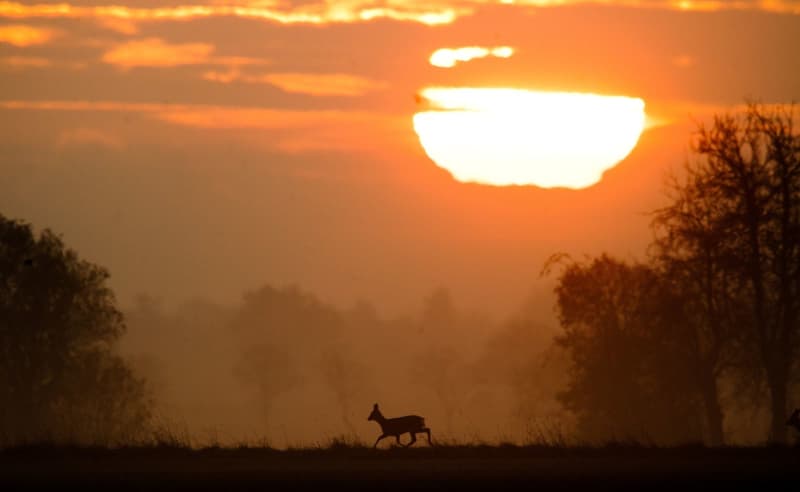Home / Disasters and Accidents / Autumn Clock Change Heightens Risk of Wildlife-Vehicle Collisions
Autumn Clock Change Heightens Risk of Wildlife-Vehicle Collisions
22 Oct
Summary
- Daylight saving time ends, shifting peak traffic to after sunset
- 16% spike in deer-vehicle collisions due to time change
- Drivers advised to slow down and watch for animals crossing roads

On October 22, 2025, experts are cautioning drivers across Europe about the heightened dangers posed by the upcoming shift to standard time on October 27. The change in clock time is known to significantly impact wildlife-vehicle collisions, with a 16% spike in such incidents typically seen in the days following the autumn time change.
The primary issue is that the overlap between peak human activity and peak animal activity increases dramatically when daylight saving time ends. Dusk, which is a prime time for wild animals like deer, boar, and roe deer to be active, now coincides with the evening rush hour. Motorists are advised to be extra vigilant, especially on roads passing through or along the edges of forested areas, as these are prime locations for wildlife crossings.
Experts recommend that drivers slow down, keep a safe distance from the vehicle in front, and be prepared to brake suddenly if an animal appears on the road. Swerving should be avoided, as that can lead to loss of control and more serious accidents. Motorcyclists are particularly vulnerable, as their vehicles cannot maneuver as quickly to avoid collisions.
Advertisement
In the event of a collision, drivers are advised to secure the accident site, call emergency services if needed, and report the incident to the authorities. Removing any injured or deceased animals from the scene is prohibited, as that could be considered poaching. Instead, the police will coordinate with specialized hunters to locate and humanely euthanize any seriously injured wildlife.




